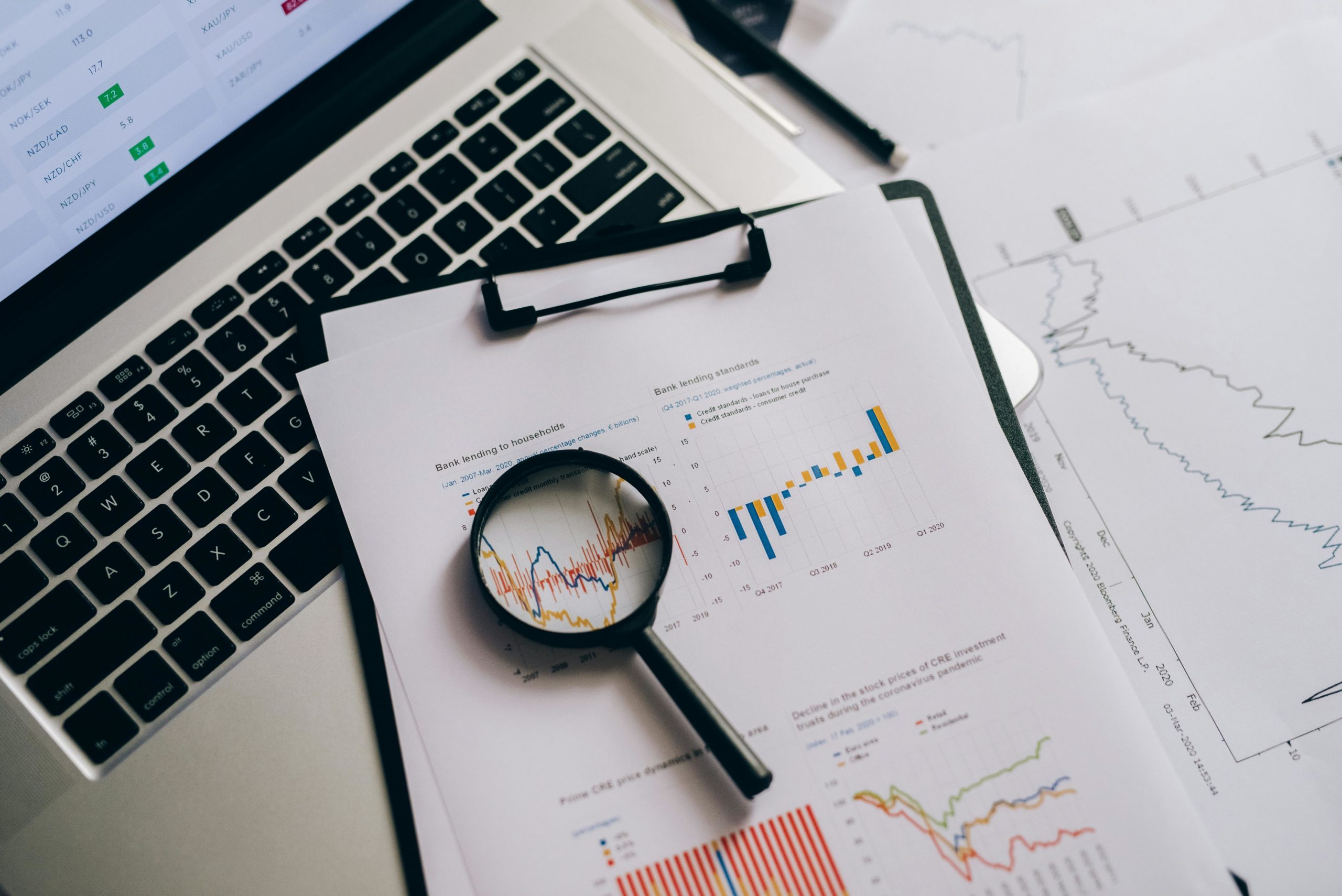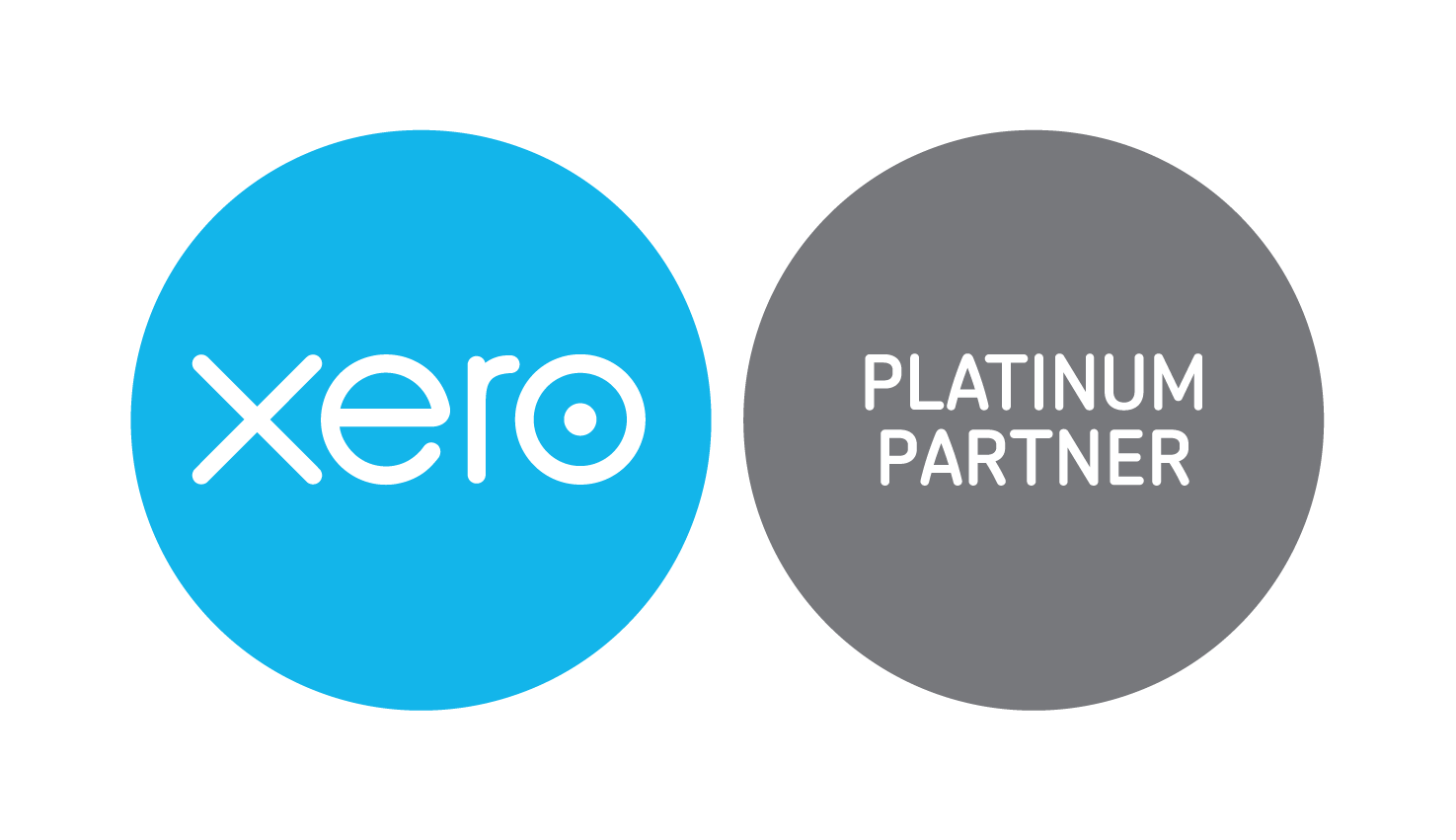As a small business owner, understanding financial reports is crucial to keeping your business on track and making informed decisions. Financial reports offer valuable insights into your company’s performance, health, and future potential. Here’s a guide to some of the most common financial reports and what they reveal about your business.
1. Profit and Loss Statement (P&L)
The Profit and Loss Statement, also known as the income statement, shows your company’s revenue, expenses, and profits over a specific period—usually monthly, quarterly, or annually. This report helps you understand how much money your business is making versus how much it’s spending. It breaks down key components like:
- Revenue (Sales): The total income from your business activities.
- Cost of Goods Sold (COGS): The direct costs of producing the goods or services you sell.
- Operating Expenses: Expenses related to running the business, like rent, utilities, and salaries.
- Net Profit (or Loss): The final figure, showing your profit after subtracting all expenses from your revenue.
By reviewing your P&L, you can identify areas to cut costs, boost sales, or improve profitability.
2. Balance Sheet
The Balance Sheet provides a snapshot of your business’s financial health at a specific point in time. It shows what your company owns (assets), owes (liabilities), and the owner’s equity (what’s left over after liabilities are deducted). It follows the equation:
Assets = Liabilities + Equity
- Assets: What the business owns, including cash, equipment, and inventory.
- Liabilities: What the business owes, such as loans, accounts payable, or credit card debt.
- Equity: The value of the owner’s interest in the business after liabilities are subtracted from assets.
The Balance Sheet is essential for assessing the overall stability of your business and understanding how much capital you have to work with.
3. Depreciation Schedule
A Depreciation Schedule tracks the decline in value of your business assets over time, such as vehicles, equipment, or buildings. As assets age or wear out, they lose value, and businesses must account for this in their financial records. The Depreciation Schedule details the expected depreciation for each asset, usually spread out over several years. This doesn’t involve cash flow but can reduce your taxable income and help you plan for eventual replacement or upgrade of assets. Understanding your Depreciation Schedule is essential for accurate tax reporting and long-term financial planning.
4. Aged Payables and Receivables
Aged Payables and Receivables are reports that show how long outstanding debts and payments have been due. The Aged Payables Report lists all the bills your business needs to pay, broken down by how long they’ve been outstanding (e.g., 30, 60, or 90 days). On the other hand, the Aged Receivables Report shows the money owed to your business by clients or customers, also categorised by the length of time the invoices have been unpaid. Monitoring these reports helps you manage cash flow and avoid overdue payments that could affect your business’s liquidity.
5. Cash Flow Statement
The Cash Flow Statement tracks the flow of cash into and out of your business. Unlike the Profit and Loss Statement, which focuses on profitability, this report provides insights into your liquidity—how much cash you have on hand to meet immediate financial obligations. It breaks down cash flow into three main categories:
- Operating Activities: Cash generated or used in the course of daily business operations.
- Investing Activities: Cash spent on or earned from investments, like purchasing equipment.
- Financing Activities: Cash flows related to borrowing or repaying loans, issuing stock, or dividends.
A positive cash flow ensures your business can pay bills, invest in growth, and avoid financial trouble.
In Conclusion
Financial reports like the Profit and Loss Statement, Balance Sheet, Depreciation Schedule, Aged Payables and Receivables, and Cash Flow Statement offer critical insights into your business’s financial performance. By understanding these documents, you can make better decisions, track your growth, and identify areas for improvement. Regularly reviewing your financial reports with your accountant is an essential step toward running a successful, sustainable business.


